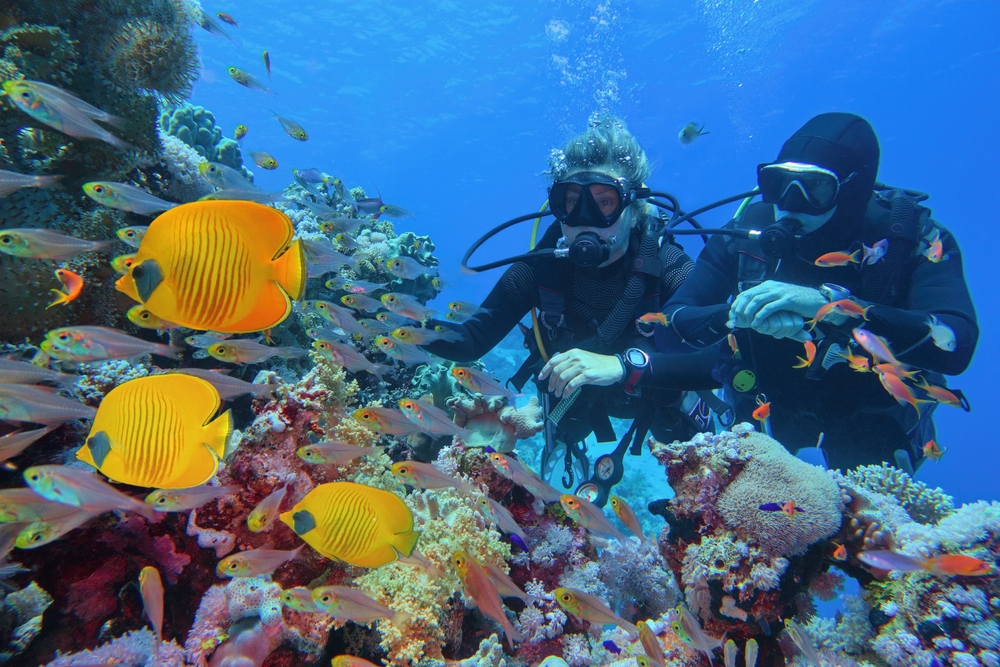Travelers must recognize that while it is a thrill to travel during the monsoon season, there are also problems associated with doing so, from planning to preparation through the entire journey.
Monsoon Travel Tips: One of the best times of year in India to appreciate the natural beauty of our surroundings is during the monsoon. The rainy season is characterized by dark clouds hanging over lush flora, chilly misty air, gushing waterfalls, and general freshness. To see the splendor of nature during this season, many people decide to travel during the monsoon. Traveling during the monsoon might be thrilling, but it can also be difficult. There are a few monsoon travel precautions you need to be aware of in order to ensure your safety when traveling. Before you embark on an exciting journey, go through them and fully prepare yourself.
1. Always CHECK the weather conditions
Depending on the purpose of your travel, check the forecast three to five days before and after the scheduled departure date. States like Uttarakhand and Himachal Pradesh receive a lot of rainfall, and as a result, the likelihood of a landslide and cloudburst is very high. Rainfalls in the mountains are not something you would want to experience.
2. Carry mosquito repellent and other FIRST AID
Mosquitoes are most active during the monsoon season. These mosquitoes act as carriers of numerous diseases. Additionally, a lot of people get sick during the monsoon season. Before you leave on your trip, make sure you always have a first aid kit and bug repellents with you. There is a possibility that some uninvited guests will appear when you are camping in the middle of nature, especially in low-altitude places.
3. Pack more WATERPROOF or synthetic clothes
Everything needs to be waterproof, including your bags and clothes. The best material for a long journey during the monsoon is synthetic cloth, which is typically believed to be more breathable and convenient to pack. They tend to dry quickly despite being airy and light. Before you go, provide your treasured device with a nice covering or waterproofing solution.
4. AVOID eating or drinking from unreliable sources
Avoid eating street food as much as possible during the monsoon season. During this time of year, there is a great potential that the water will be contaminated, which might get you into a lot of trouble. To be on the safe side, bring your own or buy packaged water. Also, cover the water while not using it. Eat healthily and travel carefully!
5. REFRAIN from indulging in risky activities
On a rainy day, things may become sloppy very quickly. Unless led by seasoned specialists who are aware of the seasonal problems when engaging in these activities, rock-climbing, rafting, camping, canyoning, and similar sports can be highly dangerous during the monsoon season. Make sure you are seeking the assistance of skilled professionals!
Travel Advise:
Carry monsoon essentials like a sturdy umbrella, a waterproof backpack, raincoats, waterproof covers for your electronic devices, power banks for unplanned power outages, medications, extra clothing, and towels.



